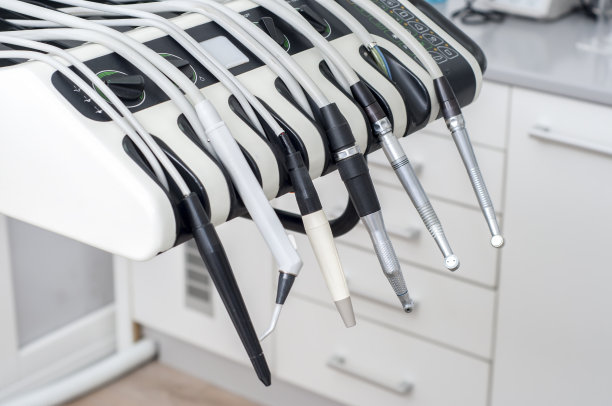The Essential Guide to Extracting a Tooth Steps, Tips, and Aftercare for a Smooth Recovery
Summary: Extracting a tooth can be a daunting experience, but with proper knowledge and preparation, the process can be manageable and result in a smooth recovery. This guide explains the essential steps involved in a tooth extraction, including preliminary assessments, procedural techniques, post-operative care, and tips for minimizing discomfort. We aim to empower patients with important insights, ensuring they feel informed and confident during their dental care journey. By understanding what to expect, patients can not only navigate the extraction process more easily but also facilitate a quicker and more effective recovery afterwards.
1. Preparing for a Tooth Extraction

Before undergoing a tooth extraction, it is crucial to prepare both mentally and physically. Patients should start by scheduling a consultation with their dentist to discuss the necessity of the extraction and understand the steps involved. During this appointment, the dentist will take X-rays to assess the position of the tooth, its roots, and the surrounding bone structure, which guides the extraction process.
Patients should also inform their dentist about any existing health conditions, medications, or allergies, as these factors can influence the choice of anesthesia and recovery. If you are on blood thinners, for instance, your dentist may adjust your medication prior to the procedure to minimize bleeding risks.
Another important aspect of preparation is emotional readiness. Anxiety is common before dental procedures, so it’s advisable for patients to ask questions and voice concerns to alleviate fears. Relaxation techniques or conversation with friends or family can also help in preparing oneself for the experience.
2. Understanding the Extraction Procedure
The actual extraction process begins with the administration of anesthesia, which can be local, sedation, or general, depending on the complexity of the case and patient comfort levels. Once the area is numb, the dentist will carefully loosen the tooth using a tool called an elevator, followed by extraction with forceps.
For impacted teeth, such as wisdom teeth, the procedure may involve removing a small amount of bone surrounding the tooth or cutting the tooth into smaller pieces for easier removal. Throughout this process, patient comfort is prioritized, and any pain should be managed effectively with anesthesia and possibly anti-anxiety medications.
Post-extraction, the dentist will provide patients with instructions, which may include biting down on gauze to stop bleeding. Understanding these steps can ease the aftercare process. Being aware of instructions on what to avoid, such as straws or hard foods, also helps in a smoother healing process.
3. Aftercare to Ensure Smooth Recovery
After a tooth extraction, proper aftercare is essential for preventing complications and ensuring a smooth recovery. Initially, patients should keep their head elevated and avoid strenuous activities to minimize bleeding. Applying ice packs to the cheek can help reduce swelling, typically recommended for the first 24 hours following the procedure.
Dosage of prescribed pain relief should be followed strictly to manage discomfort. Over-the-counter pain relievers can also be adequate for mild pain, but always consult the dentist before mixing medications. Hydration is crucial as well, but it is necessary to avoid straws that can dislodge the blood clot formed in the socket.
Monitoring the extraction site is vital. If patients notice excessive bleeding, signs of infection, or persistent pain, they should contact their dentist immediately for professional advice. Regular follow-ups may be recommended to ensure everything is healing properly, giving patients peace of mind during recovery.
4. Tips for a Faster, Comfortable Recovery
To promote a quicker recovery from tooth extraction, various strategies can be employed. Nutrition plays a critical role during the healing process; hence, consuming soft foods like mashed potatoes, yogurt, or smoothies can aid recovery by providing necessary nutrients without putting strain on the extraction site.
Maintaining good oral hygiene is still important, but care should be taken to avoid the extraction site. Gentle rinsing with warm saltwater can help keep the mouth clean without disturbing the healing tissues. As the area begins to heal, gradually reintroducing gentle brushing can prevent any cavity formation in nearby teeth.
In addition, patients should respect their body’s healing time. It’s advisable to take at least a couple of days off work or school to allow plenty of rest, facilitating a stress-free recovery. Listening to the body and recognizing when to slow down can significantly enhance the healing process and overall recovery experience.
Summary:
In conclusion, understanding the steps, techniques, and aftercare associated with tooth extraction can significantly ease the emotional burden and physical discomfort of the procedure. Being well-prepared and following aftercare guidelines can ensure a smooth and effective recovery. Awareness of these elements helps in minimizing anxiety and streamlining the healing process, allowing patients to regain their oral health efficiently.
This article is compiled by Vickong Dental and the content is for reference only.


